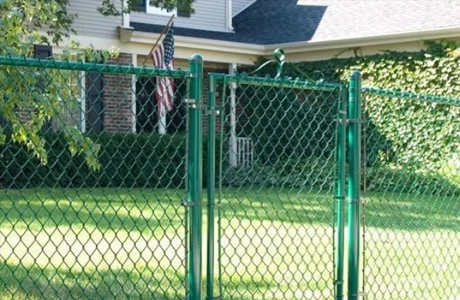Calculating the Expenses Involved in Constructing a Barbed Wire Fence for Property Security
The Cost of Building a Barbed Wire Fence
Building a barbed wire fence is a popular choice for many landowners, ranchers, and farmers due to its effectiveness in protecting livestock and delineating property lines. Barbed wire fences are relatively inexpensive compared to other types of fencing, but it is essential to understand the costs involved in constructing one. In this article, we will explore the factors influencing the overall cost of building a barbed wire fence and provide a rough estimate of expenses involved.
Material Costs
The primary cost of building a barbed wire fence is the raw materials required
. The main components include the barbed wire itself, fence posts, and other necessary hardware such as staples and insulators.1. Barbed Wire The cost of barbed wire can vary significantly based on quality, gauge, and brand. On average, a roll of barbed wire (typically 1,320 feet) can cost between $100 to $200. High-tensile barbed wire, known for its strength and durability, might be more expensive but requires fewer posts due to its resilience.
2. Fence Posts The choice of fence posts will greatly affect the total cost. Wooden, metal, and fiberglass posts are commonly used, with prices ranging from $3 to $8 per post. The spacing between posts typically ranges from 10 to 12 feet, influencing the total number required depending on the length of the fence.
3. Additional Hardware Staples, insulation, and anchors are necessary for securing the wire to the posts. These additional materials can add another $100 to $300 to the total cost, depending on the fence's length and complexity.
Labor Costs
cost of building barbed wire fence

Labor can represent a substantial portion of the cost associated with building a barbed wire fence, particularly if hiring professional contractors. Rates can vary depending on location, skill level, and the intricacy of the installation. On average, labor costs might range from $25 to $50 per hour, with a typical installation taking several hours to a few days depending on the terrain and size of the project.
If a landowner opts for a do-it-yourself (DIY) approach, labor costs can be significantly reduced. However, one should still consider the time and effort involved, as well as any need for specialized tools, which may further contribute to the overall budget.
Permits and Regulations
Before constructing a barbed wire fence, it’s crucial to check local regulations and zoning laws. In some areas, permits may be required, especially if the fence is positioned near public roads or property boundaries. The costs associated with obtaining permits can vary widely but should be factored into the overall budget.
Maintenance Costs
After constructing a barbed wire fence, ongoing maintenance is necessary to ensure its longevity. Costs for maintenance will depend on factors such as weather conditions, wear and tear, and local wildlife. Regular inspections, repairs, and occasional replacement of damaged posts or sections of wire can add to annual costs.
Conclusion
In summary, the cost of building a barbed wire fence can vary greatly depending on materials, labor, permits, and maintenance specifics. On average, landowners may expect to spend anywhere from $1 to $3 per linear foot for complete installation, putting the cost of a standard fence at several hundred to several thousand dollars, depending on the size of the project. Understanding these costs is essential for anyone considering the installation of a barbed wire fence. With proper planning and budgeting, a durable and effective barrier can be established to protect property and livestock for years to come.
-
Space-Saving Chain Fence Hacks Vertical Gardening with Cyclone MeshNewsJul.16,2025
-
Innovations in Iron Nail Wire Production for Modern ConstructionNewsJul.16,2025
-
Creative Uses of Wire Netting Fence in Modern Landscape DesignNewsJul.16,2025
-
Barbed Wire Fence Innovations in Anti-Climb TechnologyNewsJul.16,2025
-
Architectural Uses of Umbrella Nails for Aesthetic Roof DesignsNewsJul.16,2025
-
Architectural Uses of Razor Barbed Wire in Secure Urban DesignNewsJul.16,2025




